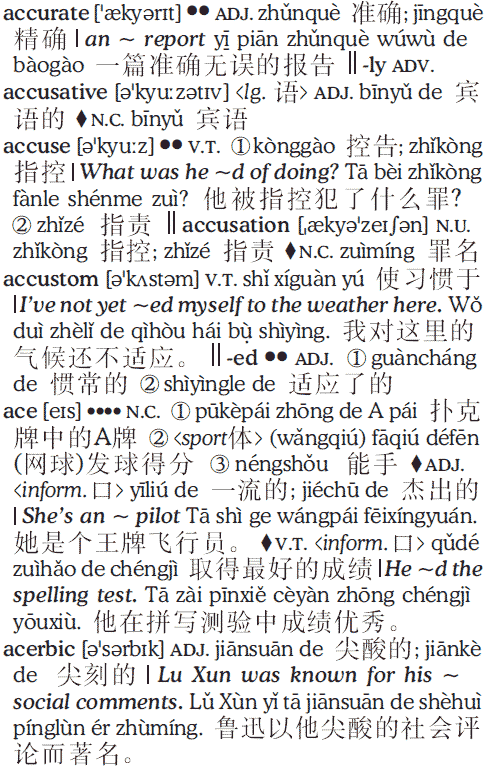I was recently in southern Taiwan’s Pingdong County to spend a few quiet days — I wish it had been more — by the sea. (Taiwan’s official spelling for this county remains the bastardized Wade-Giles form, Pingtung, rather than Pingdong, which is how it is spelled in MPS2, Tongyong Pinyin, and Hanyu Pinyin.)
The official signs I saw were predominantly in Tongyong Pinyin. The exceptions to this were generally errors (though perhaps official errors — see below) rather than instances of Hanyu Pinyin or other systems. I was surprised to see that this was the case not only with street signs but also with highway signage. Street signs are local. But highway signs fall under the jurisdiction of a ministry of the central government and thus usually follow national guidelines — and follow them more quickly than other signage. But while highway signs in many other parts of Taiwan have been changed to Hanyu Pinyin, Pingdong lags, for whatever reason.
Click on the photos for larger versions.
Here’s a street sign unmistakably in Tongyong Pinyin. “Wunzih” is written “Wenzi” in Hanyu Pinyin.

Here’s a fancy street sign for the tourists in Hengchun — thus the stylized “春” (below “Hengnan Rd.”) for “恆春” (Héngchūn). “Hengnan” could be any of lots of romanization systems. The interesting parts are the use of a counter-productive English translation (“South Bay”) rather than the Mandarin place name “Nanwan” and the use of the bastardized Wade-Giles form Kenting for Kending. The Kenting spelling, though wrong, was by far the most common one on official signage, which leads me to suspect that this is another case of the Taiwan government embracing the delusion that an obscure-to-the-world place is actually world famous in its bastardized Wade-Giles spelling and thus foreigners would be confused if signs actually represented the right way to pronounce this. Ugh. So even though every one of Taiwan’s official romanization systems for the past quarter century would spell this the same, Kending, the government says it should be spelled Kenting … at least from one source; but the Ministry of the Interior, which should have the greater jurisdiction, says to use Kending.

If you look carefully (click on the image to zoom in), you can see that the previous version of the sign (underneath the new one) did not have any romanization. The ‘r’ in Erluanbi is especially odd, given that it doesn’t belong there. (Éluánbí / 鵝鸞鼻 / n.: bulbous nose) The error appears to come from Taiwan government itself, whose Research, Development, and Evaluation Commission’s site on “bilingual” forms gives the r spelling — though it also gives the correct “Eluanbi” spelling for other instances of this.

Or maybe the sign makers just borrowed the r from this sign.

Another distinctly Tongyong sign:

I was pleased to see this trilingual sign, with Mandarin, English, and Vietnamese.

 I’ve just put up another issue of Xin Tang.
I’ve just put up another issue of Xin Tang. 














